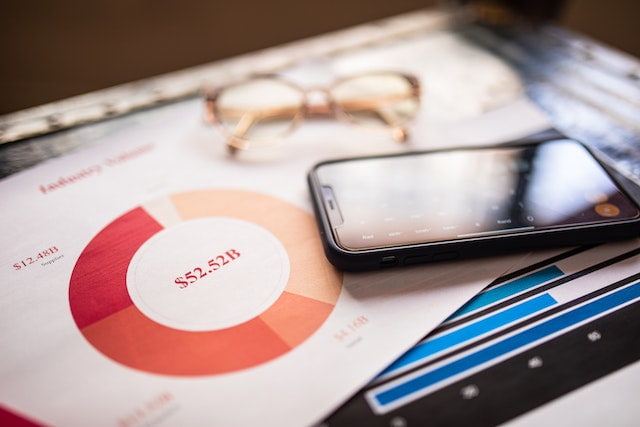Infographics are a great way to share important information quickly and easily. But what type of information is best suited for infographics? Find out here.
Are you trying to figure out the best topics for an infographic?
You can use an infographic for anything from marketing to data analysis if you’re a business owner. You can turn your best blog posts into an infographic. You can also create an infographic for your best products.
Infographics can make your data more interesting, so it’s easier for customers to comprehend. Read on to learn more about what type of information is best suited for infographics.
Historical Timeline
A timeline works best in infographics because it shows how something happens over time in a visual way. The infographic can help you see how past events happened in a way that is easy to read. It can give a broad view of history or get into the details of specific events.
The timeline infographic is a great way to quickly and easily give people important and useful information. Depending on the story you want to tell, you can add pictures, charts, text boxes, quotes, and other images to make the infographic more interesting. Visual elements make it easy to compare events or cause-and-effect trends.
Process Flow
The best type of information to include in infographics about processes is diagrams, timelines, and lists. Charts can be used to show a step-by-step process visually. Timelines can provide a chronological understanding of how the process works.
Lastly, lists can provide an organized overview of the process’s steps and include additional details. Ultimately, infographics created to display functions should be visually engaging.
They must have the correct information for the intended audience. It is best to research the different tools on how to make an infographic.

Hierarchical Data Relationship
Hierarchy helps show relationships between data categories and is generally more accessible for people to interpret. An example of this could be a visual infographic that shows population growth by region. It shows the subregions nested under the area they belong to.
Hierarchical data in an infographic can also help present comparisons. For example, a nutritional infographic can be used to compare different types of food on a chart featuring data points.
Finally, hierarchical data can be used to display trajectories over time. This can be used to qualitatively demonstrate the impact or changes in a policy or phenomenon.
Your Resume
The best type of information for infographics is data points such as achievements, awards, and certifications related to a position. This offers the opportunity to showcase hard figures that highlight successes. They are a visually appealing way to represent this information interestingly and creatively.
Infographics also make it easier for the reader to scan a resume. The main purpose of an infographic on a summary is to effectively communicate and summarize relevant details in a visually exciting way. You must quickly understand what qualifications a candidate has.
Statistical Data
Statistical data is complex and requires significant analysis to be correctly inferred. Infographics allow for a concise representation of numerical data. They are making it easier for viewers to identify patterns and understand trends.
It helps to simplify complex information and draw attention to the most critical points. Infographics provide a powerful visual accompaniment to a body of statistical data.
Understanding What Type of Information Is Best Suited for Infographics
In conclusion, it is essential to understand what type of information is best suited for infographics. Structure the content to fit your unique audience and keep the focus on facts. Consistently review your data to ensure accuracy and creativity for the best outcome.
If you enjoy this article, check out our blog for more exciting content!

